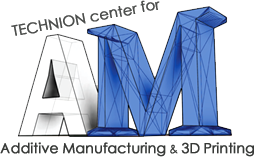ACTIVITIES ADDITIONAL ACTIVITIES ARCHIVE
ADDITIONAL ACTIVITIES ARCHIVE

3D concrete printing (3DCP) is a new technology that facilitates the construction of unconventional shapes. It opens new possibilities to manufacture optimized structural elements, leading to material savings and reduced construction costs. However, 3DCP involves the use of fresh concrete as a material for construction, making it difficult to construct large components in a single run of the printer. In this work, we attempt to study the effect of buildability in 3DCP on the shape optimization of structural elements such as columns and beams, while considering various manufacturing constraints. The main goal of this research is to consider the layer-by-layer process of 3DCP and to include it as part of the structural optimization formulation. A rheological model with a stress-based criterion is considered to assess the buildability of the structure. A problem of optimizing the shape of a column to resist buckling is considered, with the buildability criteria added as a constraint in the optimization formulation. The results are then discussed for the cases with and without printing speed constraints, and the case considering printing speed constraints is validated with experiments. Subsequently, we study the stiffness optimization of a beam where the cross-section is parameterized using B-splines and a constraint is imposed on the overlap between layers. The study shows the critical trade-off between structural performance and buildability, emphasizing the need for holistic approaches to the problem – encompassing optimization of material, process, and structure.
Advisor: Associate Prof. Oded Amir
Zoom Link : https://technion.zoom.us/j/93398868897


